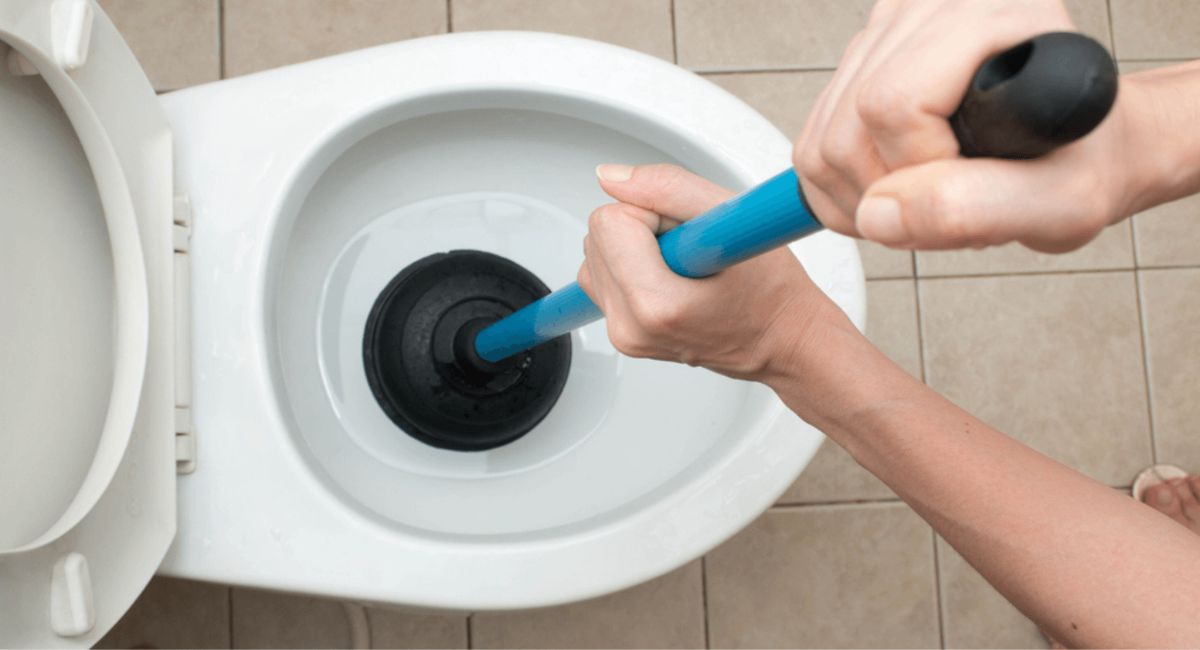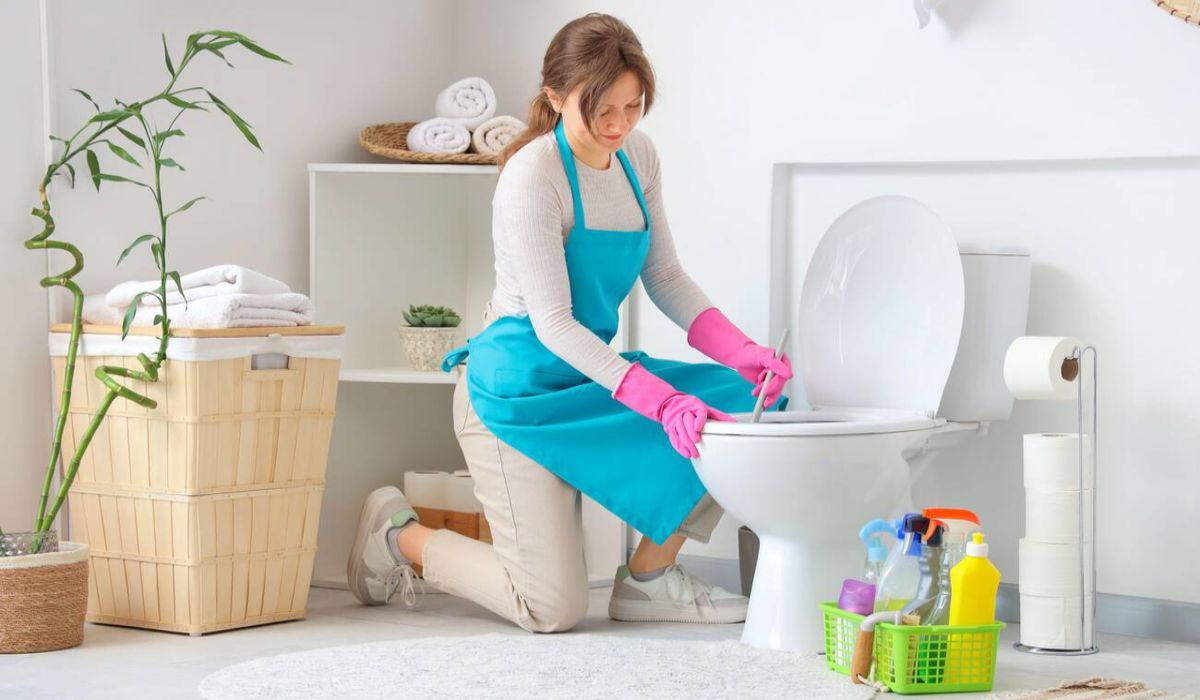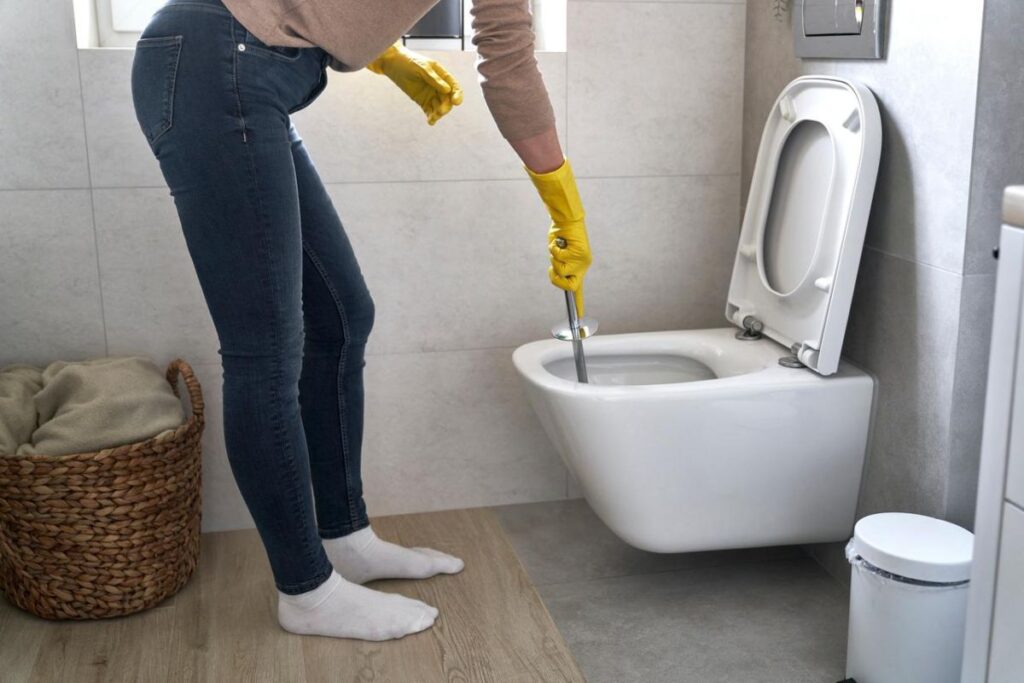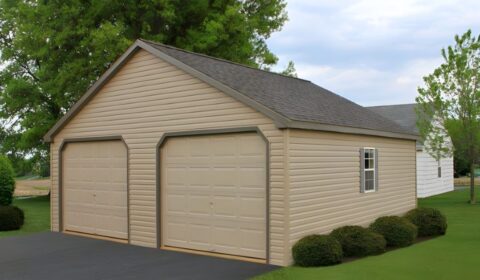Instant remedy for blocked toilets
Here’s what you should do: Pour one cup of baking soda into the toilet bowl and allow it to sit for a few minutes. Next, gradually add two cups of vinegar. Let the mixture rest for about an hour, then flush the toilet.
Understanding the Problem: Why Toilets Get Blocked
Unblocking a toilet can feel daunting, especially when unsure of the best methods to fix the issue. Whether you’re dealing with a minor clog or a more severe blockage, learning how to unblock a toilet is a valuable skill that can save you from an emergency plumber call. In this guide, we’ll explore how to unblock a toilet with or without a plunger, methods that don’t require specialised equipment and the best ways to clear a badly blocked toilet.
Before diving into the steps to unblock a toilet, it helps to understand the causes of blockages. Most often, toilets become clogged due to:
- Too much toilet paper: Overloading the bowl with tissue can prevent it from flushing properly.
- Non-flushable items: Wet wipes, sanitary products, or other foreign objects can cause significant blockages.
- Hard water deposits: In areas with hard water, mineral deposits can build up inside the pipes, causing restrictions over time.
- Flushing large amounts of waste: Flushing too much solid waste at once can overwhelm the system.
Identifying the cause helps in choosing the best way to unblock a toilet based on the severity and type of blockage.

How to Unblock a Toilet with a Plunger
A plunger is the most common tool for clearing toilet clogs, and knowing how to use it correctly can save you a lot of time and frustration. Follow these steps for how to unblock a toilet with a plunger:
- Choose the Right Plunger: Ideally, you should use a flange plunger, which is specifically designed for toilets. This type of plunger has an extended rubber lip that fits snugly into the toilet drain, creating a better seal.
- Position the Plunger: Submerge the plunger in the water and position it over the toilet drain. Make sure the rubber lip of the plunger is properly seated in the hole for maximum suction.
- Plunge with Steady Force: Push down slowly at first to avoid splashing, then pump the plunger up and down vigorously. The goal is to create enough pressure to dislodge the blockage.
- Check the Results: After a few pumps, remove the plunger and see if the water begins to drain. If not, repeat the process until the blockage clears.
In most cases, using a plunger is the fastest and best way to unblock a toilet. However, sometimes a plunger isn’t available, or the blockage is too severe for it to work effectively. That’s when you’ll need to look at other options.

How to Unblock a Toilet without a Plunger
If you find yourself without a plunger, don’t worry. There are several household methods that explain how to unblock a toilet without a plunger. Here’s a step-by-step guide:
Hot Water and Dish Soap
This is one of the easiest and most effective methods to unblock a toilet without any special tools.
- Add Dish Soap: Squirt a liberal amount of dish soap into the toilet bowl. The soap helps to lubricate the pipes and break down greasy blockages.
- Pour Hot Water: Heat a bucket of water until its hot (but not boiling, as boiling water can crack the porcelain). Pour the water into the toilet from waist height, allowing the force of the water to help dislodge the clog.
- Wait and Flush: Let the hot soapy water sit for about 10-15 minutes. After this, try flushing the toilet. In many cases, this method will be sufficient to clear the blockage.
This technique works well if you’re looking for how to unblock a toilet without equipment and it’s especially effective for minor blockages.
Baking Soda and Vinegar
If dish soap doesn’t do the trick, you can try the classic combination of baking soda and vinegar. This method works particularly well if you’re dealing with organic blockages.
- Pour Baking Soda: Start by adding about half a cup of baking soda to the toilet.
- Add Vinegar: Slowly pour a cup of white vinegar into the bowl. You’ll notice it starts to fizz and bubble as it reacts with the baking soda.
- Wait: Let the mixture sit and fizz for about 30 minutes. The chemical reaction helps to break down the blockage.
- Flush: After 30 minutes, flush the toilet with hot water.
This is a great alternative if you’re exploring how to unclog a toilet without a plunger.
The Coat Hanger Method
For more stubborn blockages, you can use a wire coat hanger to help dislodge the clog. This method is particularly useful for those wondering how to unblock a badly blocked toilet without a plunger.
- Unwind the Hanger: Straighten a wire coat hanger and wrap a rag around one end to avoid scratching the toilet bowl.
- Insert into Drain: Carefully insert the wire into the toilet drain and try to push or hook the blockage.
- Twist and Push: Gently twist and push the hanger around to break up the blockage. Once the blockage is dislodged, flush the toilet to check if the water drains smoothly.
How to Unblock a Badly Blocked Toilet
For more severe cases, you’ll need to take a more aggressive approach to unblock a badly blocked toilet. When traditional methods don’t work, consider using the following:
Drain Snake (Auger)
A toilet auger or drain snake is an excellent tool for serious blockages. Here’s how to use it:
- Insert the Auger: Feed the flexible end of the auger into the toilet drain.
- Turn the Handle: As you turn the handle, the snake’s coil will extend further into the drain and should catch on the blockage.
- Remove the Blockage: Once the auger has latched onto the clog, pull it out carefully. After the blockage has been removed, flush the toilet.
This method is highly effective for dealing with solid or more deeply lodged clogs and is one of the best options for how to fix a blocked toilet when nothing else works.
Wet/Dry Vacuum
A wet/dry vacuum can also be a powerful tool for removing a severe clog:
- Set to Wet Mode: Make sure your vacuum is set to wet mode to avoid damage.
- Create a Seal: Use a rag or towel to create a tight seal between the vacuum hose and the toilet bowl.
- Vacuum out the Blockage: Turn on the vacuum and try to suck the blockage out of the drain.
Be cautious with this method as it can be messy, but it’s an effective strategy for how to unblock a toilet without equipment when nothing else works.
Preventing Future Blockages
Now that you’ve learned how to unblock a toilet, it’s essential to prevent future issues by following these simple practices:
- Only flush toilet paper and human waste: Avoid flushing items like sanitary products, wipes, or cotton wool.
- Use less toilet paper: If you tend to use a lot of toilet paper, consider flushing multiple times during a visit rather than all at once.
- Regular Maintenance: Keep an eye on your plumbing system, especially in older homes where pipes might be prone to blockages.
Conclusion
Unblocking a toilet doesn’t have to be stressful. Whether you’re dealing with a minor clog or a severely blocked toilet, this guide provides a range of solutions for how to unblock a toilet with or without a plunger. From simple household remedies like hot water and dish soap to using a toilet auger for more severe blockages, you now have the knowledge to tackle any situation confidently.
By following these methods, you can handle the challenge of how to fix a blocked toilet quickly and efficiently, saving you both time and money.
Frequently Asked Questions (FAQ’s)
Can I use household items to unblock a badly blocked toilet?
Yes, you can! A common household solution is using a mixture of baking soda and vinegar. Pour one cup of baking soda into the bowl, followed by two cups of vinegar. Let the mixture fizz for about an hour before flushing. This helps break down organic blockages without the need for a plunger.
What should I do if my toilet remains blocked after trying these methods?
If your toilet is still blocked after trying basic methods like hot water, dish soap, or baking soda and vinegar, you might need more advanced tools like a drain snake or a wet/dry vacuum. These can help remove stubborn blockages. If that fails, it may be time to contact a plumber.
Is it safe to use boiling water to unblock a toilet?
No, it’s not recommended to use boiling water as it can crack the porcelain of your toilet bowl. Instead, use hot water (not boiling) to help break down the clog. Boiling water is too harsh for most household plumbing.
How can I prevent future toilet blockages?
To prevent blockages, avoid flushing non-flushable items like wipes, sanitary products, or too much toilet paper. Regular maintenance, such as using a small amount of cleaning solution or vinegar in your toilet, can also help prevent build-up in the pipes.





